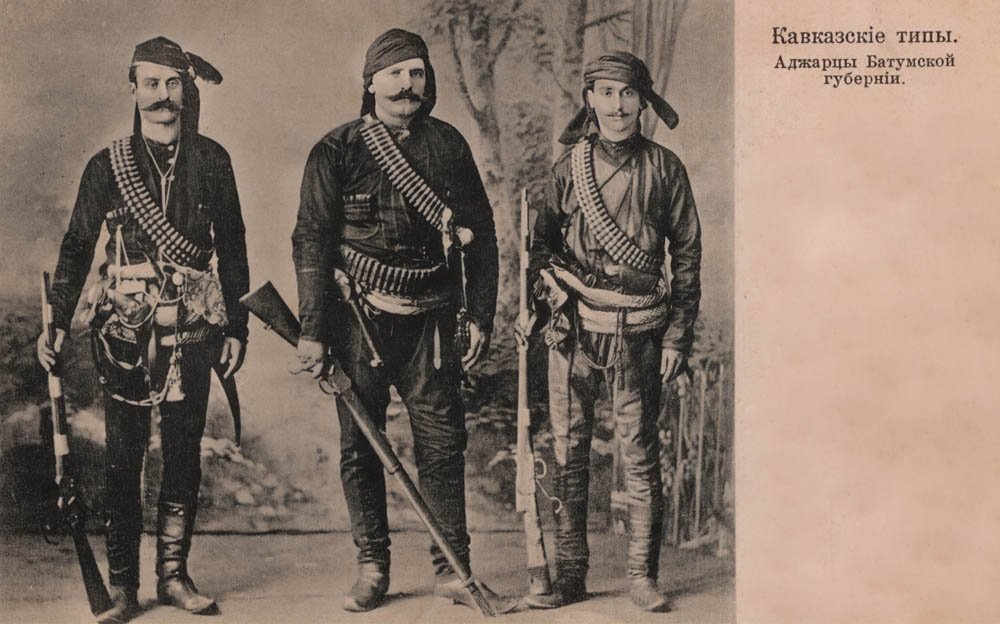It is believed that Batumi is located on the site of one of the Greek colonies on the coast of Colchis.
The ancient Greeks referred to its surroundings as Batus Limen or Batis-Limen — “deep harbor,” which is the origin of the city’s modern name.
From the XV to the XVII century, Georgian nobles and the rising Ottoman Empire fought for control over Batumi — in 1614, a naval blockade forced the monarch of Guria to hand over Adjara to the Turks.
Since these lands were a remote frontier periphery, the Turks paid little attention to them — at that time, Batumi had a population of around 2,000 people, and the first stone mosque was only built in 1861.
Four years later, in 1865, the first Greek Orthodox church, St. Nicholas, was built.
It remains active to this day and is the oldest church in the city (the mosque was demolished during the Soviet time).
In 1883, a railway line was laid from Samtredia to Batumi.
Ten years later, the first kerosene pipeline was built — 200 mm in diameter and 833 km long (running alongside the railway) — to transport kerosene from Baku to Batumi.
It became the largest pipeline in the world at the time.
During World War I, Batumi was occupied by Turkey for the last time.
The peace treaty of 1920 returned the city to the Democratic Republic of Georgia.
